Risk of water shortage
The prolonged drought in recent times and the forecast of continued complicated and unpredictable developments have put water sources for summer-autumn agricultural production and aquaculture at risk of shortage. Currently, the water level in reservoirs is decreasing and warnings are at risk of falling, not ensuring irrigation water when the drought is severe and prolonged. Hydroelectric reservoirs both produce electricity and regulate water sources downstream to serve rice production and aquaculture, so there is a risk of shortage at the end of the season.
These days, the force of engineers and workers at irrigation works, Thao Long and Cua Lac saltwater prevention dams... are assigned to be on duty regularly, maintain and repair items, dredge the flow to ensure operations to respond to drought and salinity for the summer-autumn crop and aquaculture. Mr. Van Tri, Head of Cua Lac Saltwater Prevention and Freshwater Preservation Station, affirmed that the force is regularly following the works, checking and repairing items to ensure good operation according to the assigned functions and tasks, absolutely not allowing saltwater intrusion in rice, vegetable and aquaculture production areas.
Mr. Duong Duc Hoai Khanh, Director of the Provincial Irrigation Works Management and Exploitation Company, shared that with the current prolonged and severe drought, irrigation reservoirs are at risk of being depleted, unable to ensure irrigation services, especially at the end of the season. The company proactively coordinates with localities to prepare plans to prevent and combat drought and saltwater intrusion, specifically identifying each area with the possibility of water shortage to have a drought prevention plan and reasonable water supply measures. Irrigation stations closely monitor weather developments, water sources, operate irrigation works, prevent saltwater intrusion, keep fresh water in Thao Long, Cua Lac, sluices on dykes and rivers to serve drought prevention. In particular, pay attention to organizing effective irrigation and saving water right from the beginning of the season.
Head of the Provincial Irrigation Sub-Department, Mr. Dang Van Hoa informed that, according to the request of the Department of Agriculture and Rural Development, departments and owners of irrigation works have developed plans to use water resources for this summer-autumn crop in accordance with the current water resources situation. Localities and agricultural sectors have reviewed and assessed risks in localities affected by drought, water shortage, and saltwater intrusion to develop detailed response plans for each region and area.
No production at all costs
In the unusually hot and dry weather conditions like this year, the agricultural sector's motto is not to plant or produce in arid areas at all costs. Accordingly, the agricultural production structure and planting season must be arranged in accordance with the water source capacity, avoiding planting in areas that do not have a proactive water source throughout the production season. In particular, attention must be paid to arranging areas for the production of crops that are resistant to drought, salinity and water demand to facilitate water regulation.
Localities mobilized people and owners of irrigation works and dams to dredge water intakes and canal systems, build dams to prevent salinity and retain fresh water in canal systems, dig ponds to store water, install and operate field pumping stations to make the most of water resources and reduce water loss and waste. Advanced irrigation solutions to save water for rice and dry crops, ensuring minimum water needs during periods of water stress, especially for fruit trees and crops of high economic value, etc. were actively and synchronously deployed.
To ensure drought response measures, the agricultural sector and dam owners prioritize investment resources to repair and restore irrigation works and centralized domestic water supply works affected by storms in 2022. At the same time, speed up the construction progress of irrigation works to improve the capacity to exploit water resources and the efficiency of exploiting irrigation works; develop appropriate construction and diversion plans to ensure that there is no blockage or obstruction of water flow for agricultural production.
Localities should make the most of the remaining natural water resources from ponds, lakes, rivers, streams, and canals to supply for summer-autumn crop production, combined with strengthening internal irrigation to restore the operation of works affected by the recent floods. Irrigated areas in the downstream areas of rivers with hydroelectric reservoirs need to have a regulation plan to supplement water for downstream areas during dry periods.
For aquaculture, areas lacking water need to increase the use of breeds that are adapted to drought, water shortage, and saltwater intrusion. Areas without guaranteed water sources should be proactively converted or abandoned by localities, and aquaculture should not be organized to avoid causing damage to the people. The number of cages and the density of fish fry must be reduced and equipment and technical measures for feeding and caring for cage fish farming on the Bo River, Dai Giang River, and O Lau River must be increased, combined with early harvesting and selective harvesting of commercial aquatic products according to the seasonal schedule.
| In the province, in early May 2023, the weather was complicated and extreme. Severe heat waves appeared from May 4 to 7, 2023, especially on May 6 to 7, record heat waves appeared. In Thua Thien Hue, the highest temperature recorded on May 7 in the plains and Hue city was 40.0oC, the lowest humidity was 49%. Rainfall in the province in the first 5 months of the year was lower and only reached 30 - 70% compared to the average of many years. |
Source




![[Photo] Prime Minister Pham Minh Chinh meets with South African President Matamela Cyril Ramaphosa](https://vphoto.vietnam.vn/thumb/1200x675/vietnam/resource/IMAGE/2025/10/23/1761226081024_dsc-9845-jpg.webp)
![[Photo] President Luong Cuong holds talks with South African President Matamela Cyril Ramaphosa](https://vphoto.vietnam.vn/thumb/1200x675/vietnam/resource/IMAGE/2025/10/23/1761221878741_ndo_br_1-8416-jpg.webp)
![[Photo] Prime Minister Pham Minh Chinh chairs meeting on railway projects](https://vphoto.vietnam.vn/thumb/1200x675/vietnam/resource/IMAGE/2025/10/23/1761206277171_dsc-9703-jpg.webp)
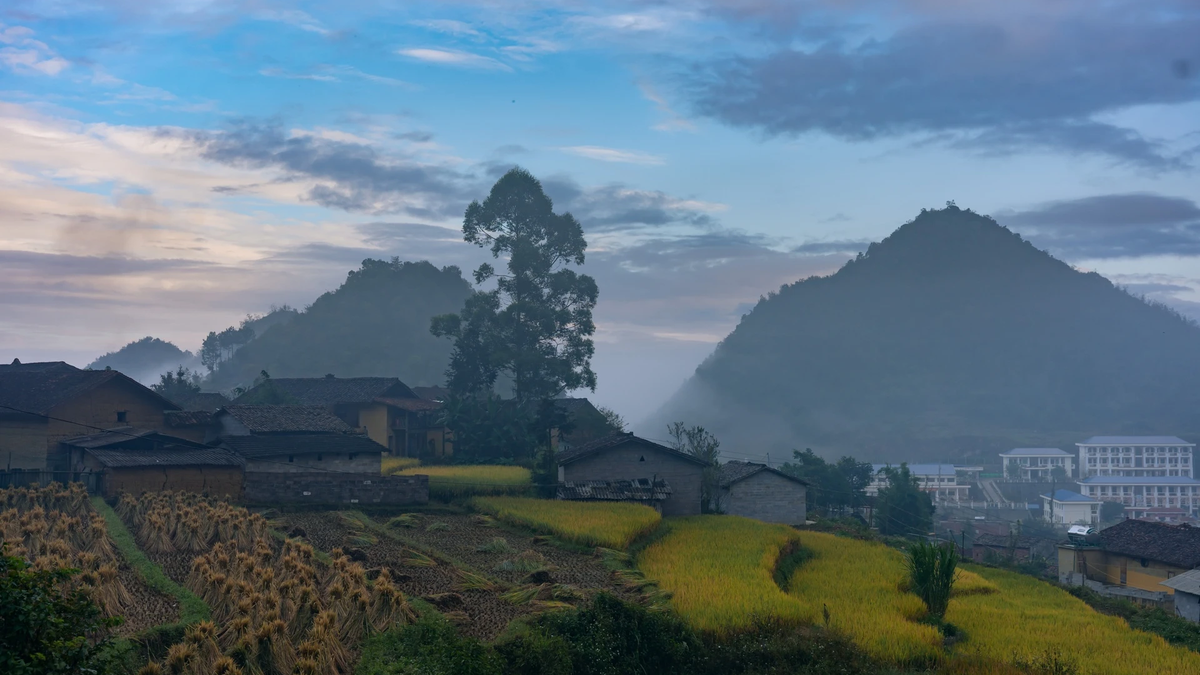




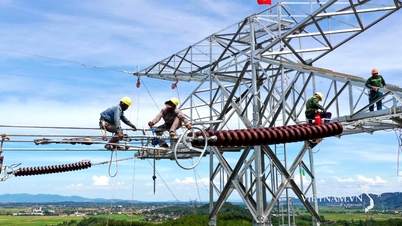



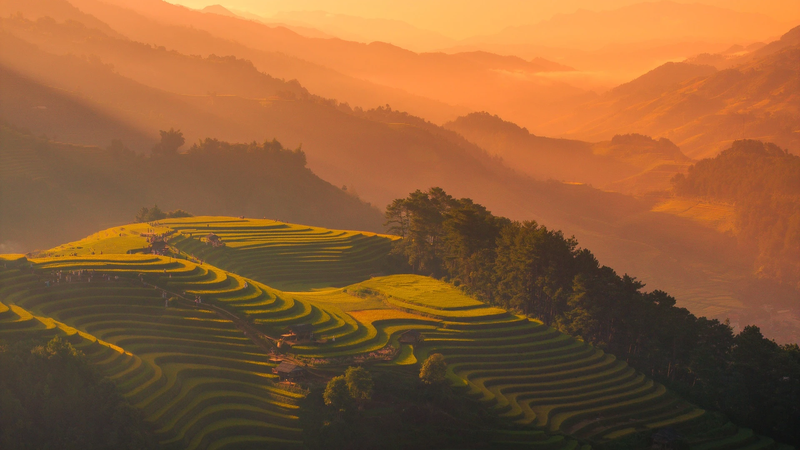
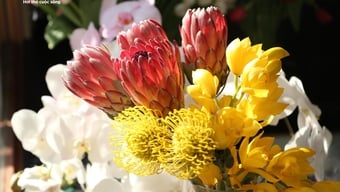


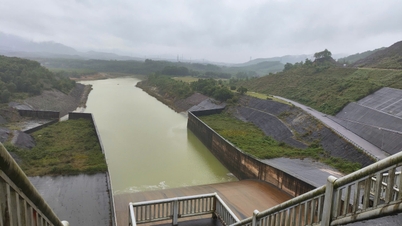
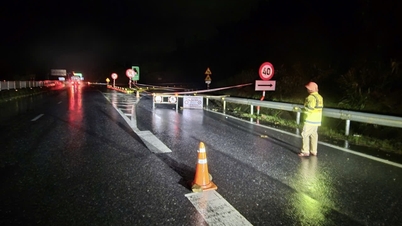
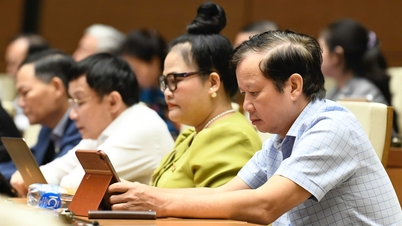
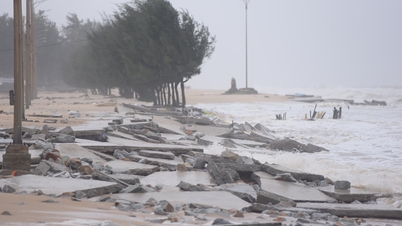
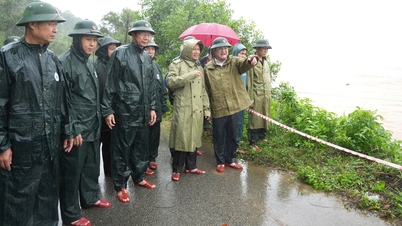

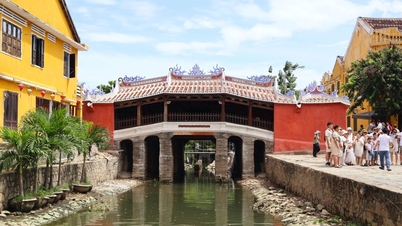



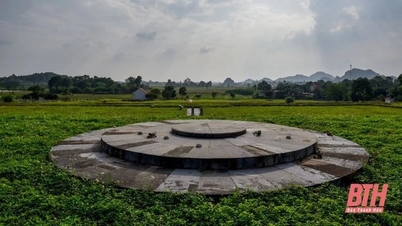





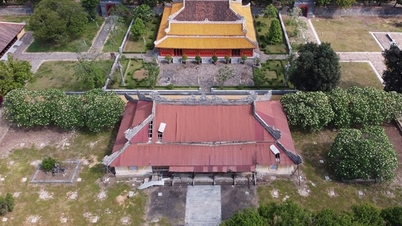


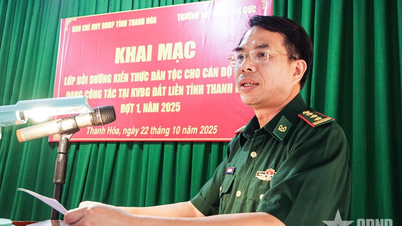



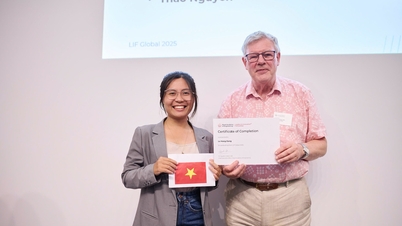










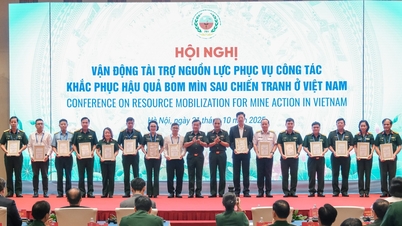




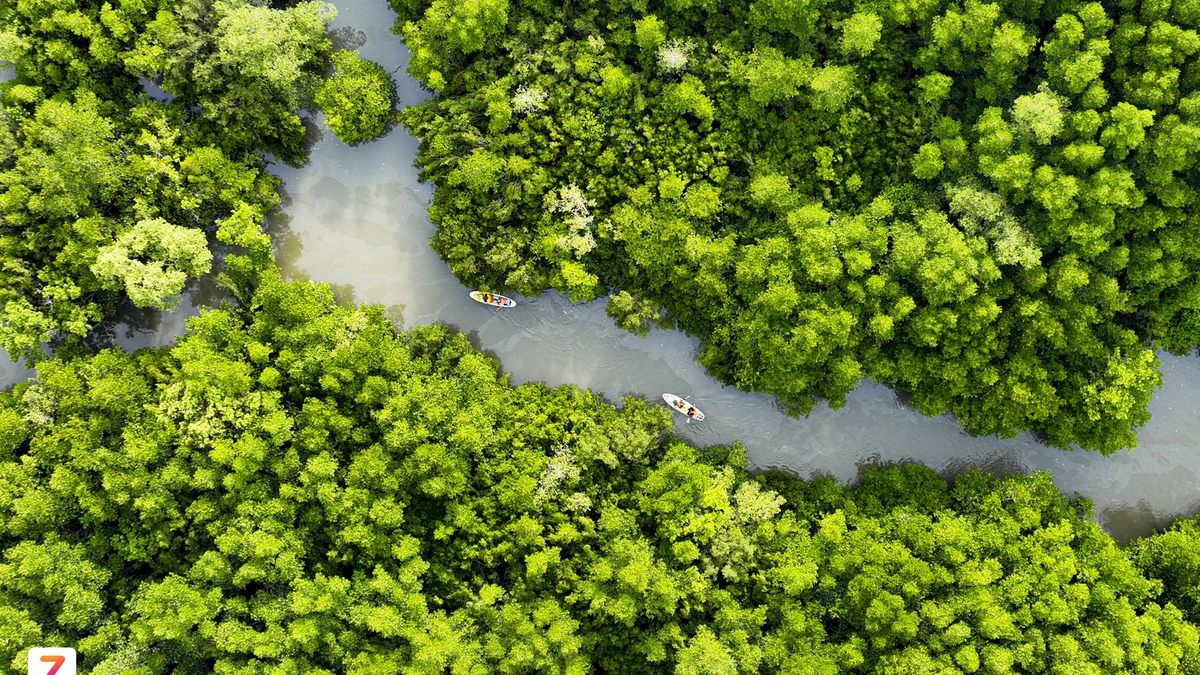
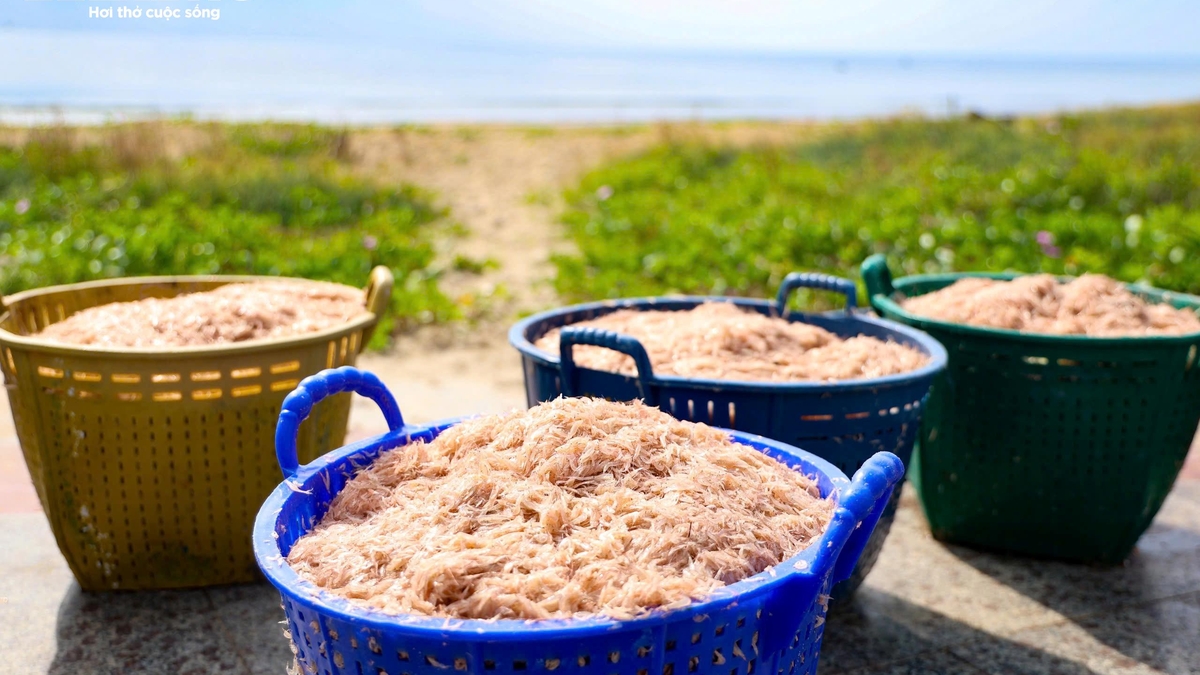


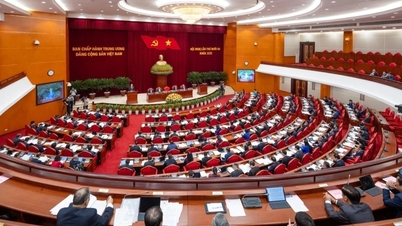


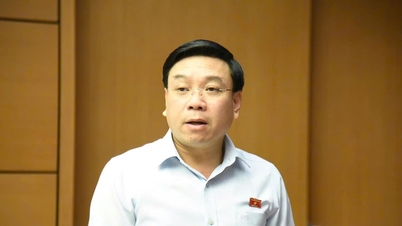






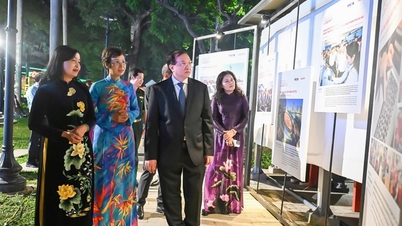

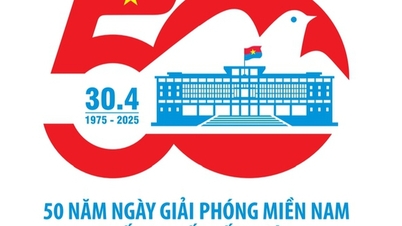
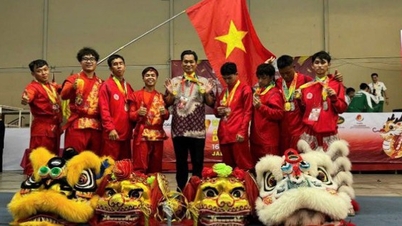
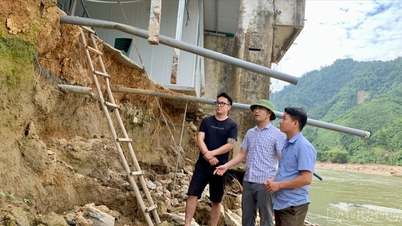

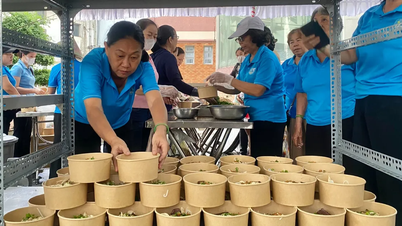















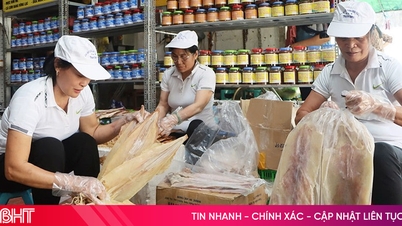






Comment (0)